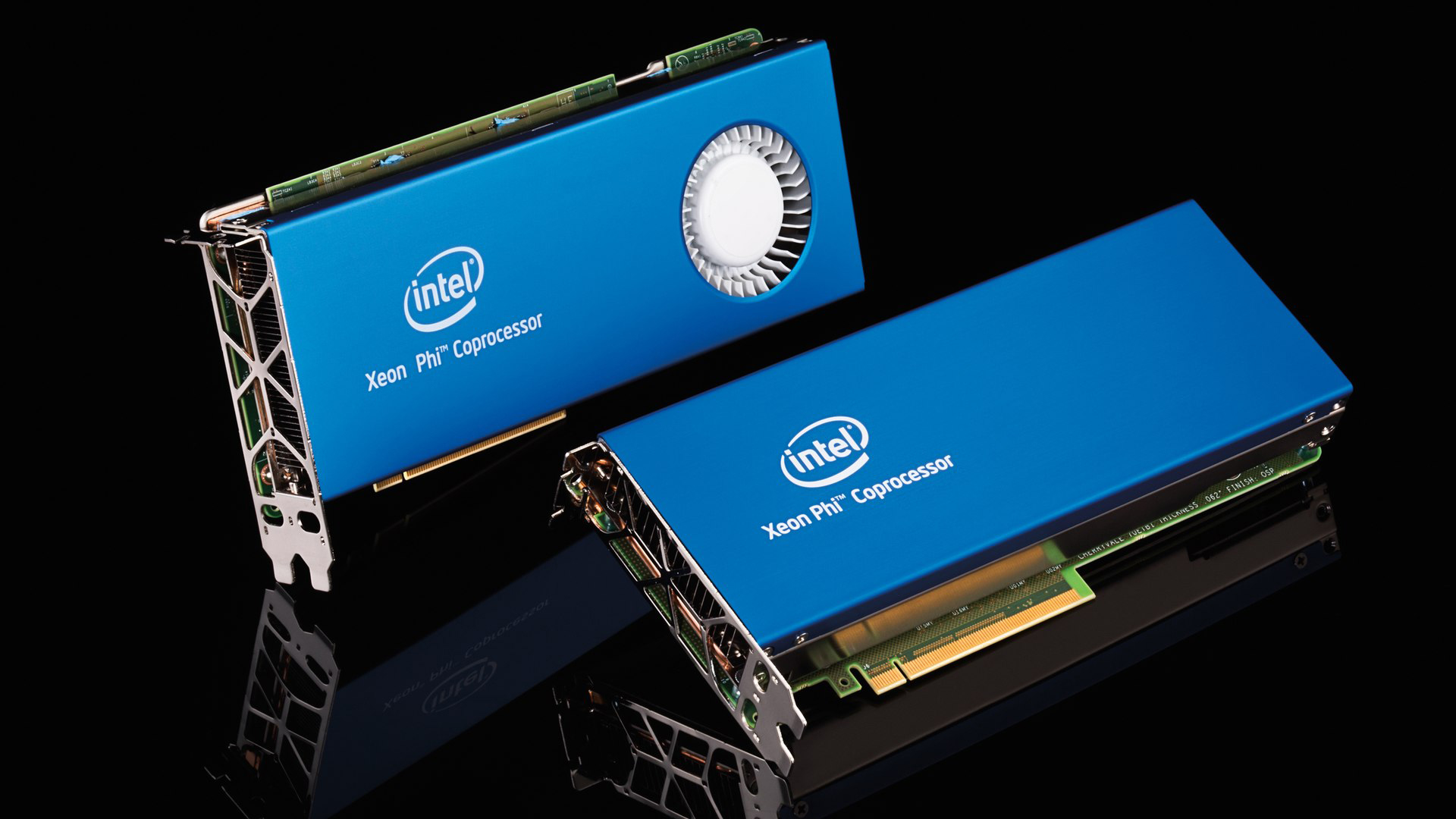

With no reveal of a more affordable RTX 4060 or RTX 4070 just yet, it feels like they were an afterthought. When Nvidia unveiled the RTX 4090 and RTX 4080, it was difficult to get too excited since the prices were so incredibly high. The Nvidia RTX 3050 and Nvidia RTX 3060 launched at $249/£239 and $330/£300 respectively, while the AMD Radeon RX 6600 is priced at $329/£299.īut it’s refreshing to see that Intel is making budget-friendly graphics cards its main priority. That’s not to say that AMD and Nvidia don’t offer more affordable graphics cards too. Of course, such graphics cards will offer a very powerful performance to try and justify the cost, but they’re still likely too pricey for the vast majority of people. As you can see, even the most expensive graphics card in the range will be available at an extremely affordable price compared to other graphics cards.įor example, the new Nvidia RTX 4090 will cost a staggering $1599/£1679, while the RTX 4080 has a starting price of $899/£949.

In October, Intel will launch three graphics cards: A750 ($289), A770 ($329) and A770 Limited Edition ($349). Instead, Intel is hoping to appeal to another market by producing budget-friendly options. The main reason for this is that Intel isn’t attempting to displace AMD and Nvidia as the go-to brand for high-end graphics cards. And even in terms of raw performance, it’s going to be hard to knock Nvidia off its perch.īut Intel has started to win me over, especially since offering more detail about its upcoming Arc graphics cards. OPINION: When Intel first announced that it was going to enter the discrete graphics card market, I have to admit that I was pessimistic.Īdded competition is always great for consumers, but I struggled to see how Intel could quickly catch up to the likes of AMD and Nvidia, which have both spent years and years perfecting game drivers and technologies such as ray tracing.


 0 kommentar(er)
0 kommentar(er)
